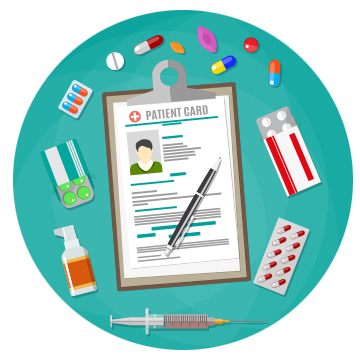Module 2: Basic Pharmacology of Controlled Drugs and Substances
Lesson 1
Opioids – Pharmacodynamics (cont’d)
Physical dependence is a characteristic response to the use of this class of drugs, and is manifested by withdrawal symptoms when therapy is discontinued. In general, the severity of withdrawal symptoms depends on the specific drug, the dose of the drug and duration of therapy (short-term or chronic).
Typical signs and symptoms of withdrawal include:
| mild hypertension | tachycardia | tachypnea |
| anxiety | restlessness | agitation |
| nausea | vomiting | diarrhea |
| yawning | lacrimation | rhinorrhea |
| mydriasis | diaphoresis | piloerection |
| muscle spasms | pain |
(Canadian Pharmacists Association, 2014; NOUGG, 2017).
Acute withdrawal symptoms reach their peak after about 36-72 hours and are usually over within 7 to 10 days, but it may be 6 months or longer before total recovery from withdrawal occurs. Along with physical dependence, tolerance to the effects of opioids should also be anticipated. This occurs quite rapidly, usually within a few days, for side effects such as sedation, respiratory depression, euphoria, and emesis (Canadian Pharmacists Association, 2014).
Reference:
- National Opioid Use Guideline Group (NOUGG). (2017). Canadian Guideline for Safe and Effective Use of Opioids for Chronic Non-Cancer Pain.
